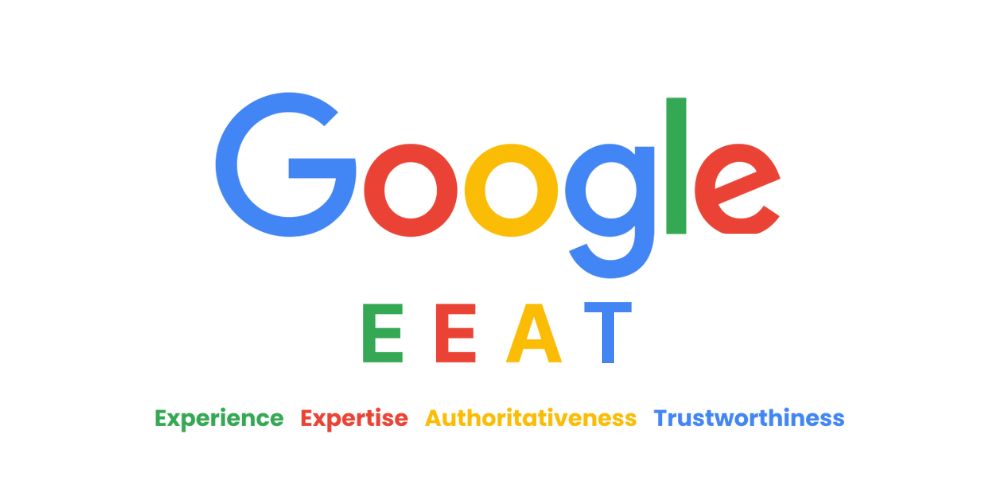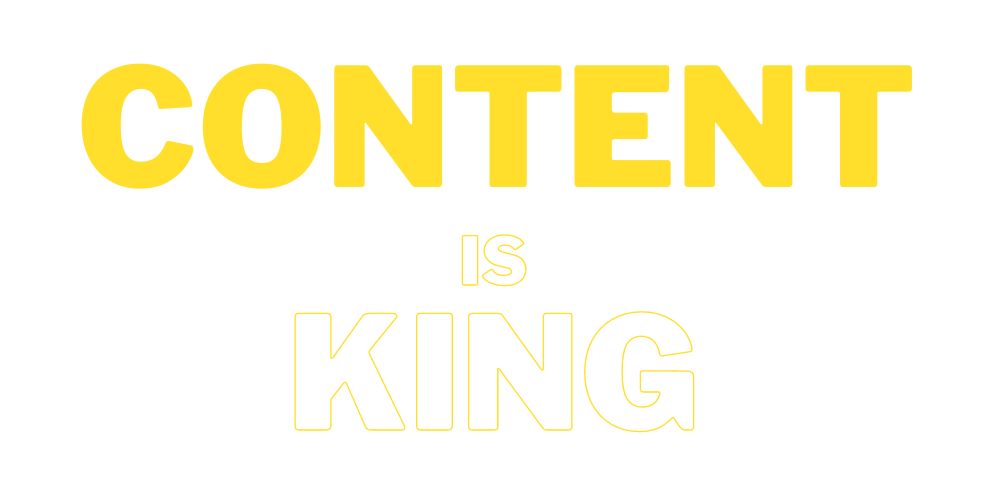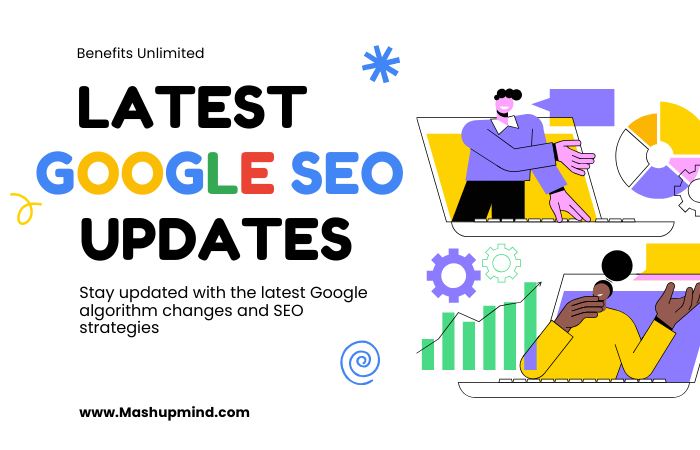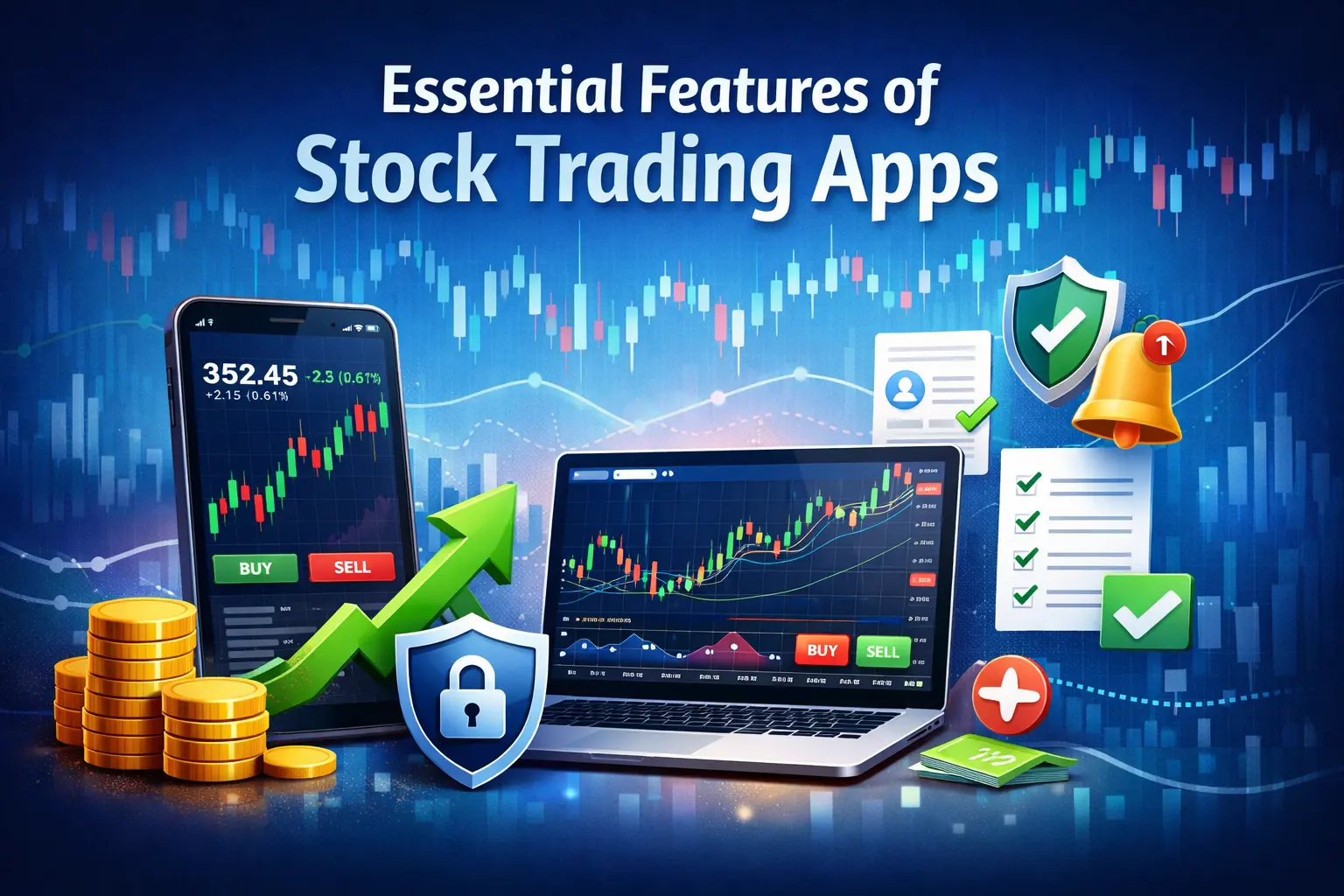The world of SEO is constantly evolving, and staying ahead of the curve is essential for maintaining your online visibility and rankings. As we approach 2025, Google’s algorithms continue to prioritize user experience and content quality, with periodic updates designed to weed out spam and promote credible websites. The December 2024 Spam Update has brought new challenges and opportunities for businesses to refine their strategies and stay compliant with search engine guidelines.
🔔 Google August 2025 Spam Update Summary
🗓️ Timeline: 26 Aug 2025 – (Not completed yet)
| ⏰ Time: 09:02 PDT
🌍 Coverage: Global — all languages
| 🔁 Rollout: May take a few weeks to complete
| Focus | Strengthening spam protections across Search to keep results useful and trustworthy. |
| Highlights | Targets manipulative tactics, including spammy links, auto-generated or deceptive content, cloaking, doorway pages, and other spam violations. |
| Winners | Sites following Google’s spam policies with helpful, people-first content and clean link profiles. |
| Losers | Spammy sites using manipulative SEO (link farms, PBNs), thin or mass-generated AI pages, doorway pages, and deceptive practices. |
💡 Tip: Audit your site for spam risks — remove manipulative links, consolidate or remove thin pages, add clear E-E-A-T signals, and ensure content is user-first. Review Google’s spam policies.
🔔 Google June 2025 Core Update Summary
🗓️ Timeline: June 30 – July 17, 2025
| Focus | Improving content quality & relevance |
| Highlights | Boosted E-E-A-T signals, demoted thin content, expanded AI features in SERPs |
| Winners | Websites with strong, helpful, and original content |
| Losers | AI-spam sites, outdated pages, low-value blogs |
💡 Tip: If your site was impacted, conduct a content audit and align with Google’s content quality guidelines.
In this blog, we’ll explore the key SEO trends expected in 2025 and provide actionable insights to help you adapt your approach. From understanding the intricacies of the December Spam Update to implementing sustainable SEO practices, this guide will ensure your website not only survives but thrives in the competitive digital landscape.
This post will guide you through the procedures required to have your website ranked in search engine results, in addition to explaining search engine optimization (SEO) and how to use it to build your online presence.
What is SEO?
SEO stands for “search engine optimization.” One of SEO’s goals is to make a firm more visible in organic search results. Consequently, these measures raise the number of individuals who visit the company’s website, increasing the likelihood that more visitors will become customers and generate revenue.
To comply with the requirements of the most effective search engine algorithm, SEO encompasses both technical and content strategies. High-quality content creation, keyword optimization, and link development are common SEO tasks.
How does SEO Work?
These days, search engines have the answers to almost all people’s questions. To obtain any response, all you need to do is type it into Google, and an endless array of search results will appear.
But how precisely does that work? Crawling is the method used by all search engines to deliver your results. When search engine crawlers are dispatched to visit every page that the engine has been made aware of, they are said to be crawling. From there, they extract information.
After the page is included in the index, it is fed into an algorithm that compares the information on the website with searches that users conduct online.
The following are some additional ranking elements that search engines, such as Google, take into account when determining the rating of your page.
- 👉 Off Page: These metrics are primarily related to backlink usage on the webpage and are measured by Google.
- 👉 On Page: The number of keywords and information searches that can be found on a webpage is the primary factor that determines an online page’s ranking.
- 👉 Technical: The ultimate metric that establishes a page’s ranking takes into account elements that primarily address the overall performance of the website, with less emphasis placed on specific pages.
That essentially clarifies the “Search Engine” component of SEO, but what about optimization? In reality, content is the primary factor in website optimization.
Importance of SEO
Search engines like Google use search engine optimization (SEO) to decide which website should rank highly for particular terms or queries. Without the methods employed by modern SEO, it would be too easy for larger businesses with limitless resources to take advantage of the system through bot manipulation.
Nevertheless, contemporary SEO creates a more level playing field and lessens the possibility of results manipulation. Therefore, each website is deserving of its current grade. Instead, putting a lot of effort into your content and making sure that your website is user-friendly will raise your website’s search engine rating.
Users generally consider the company listed first in the search results to be the more reliable source than ones that are listed farther down. As the most economical way to boost website traffic, SEO allows you to increase traffic while preventing you from wasting money on pricey advertising space purchases.
About EEAT
Experience, Expertise, Authoritativeness, and Trustworthiness are all represented by the Google acronym E-E-A-T. It is not a ranking criterion; rather, it is a component of Google’s Search Quality Evaluator Guidelines (SQEG). These remarks support the work of its staff members, known as Quality Raters, who assess whether the search engine results are delivering pertinent, high-quality content.

Applying E-A-T principles to online publishing might assure website owners that they adhere to Google’s stated definitions of quality and relevance, even though these concepts should not be mistaken for direct ranking signals.
How do Search Engines Work?
Crawling, indexing, and ranking content from the Internet is how search engines operate. Initially, web crawlers are used in crawling to find content on the internet. After that, indexing examines the information and adds it to the search engine’s index. Lastly, ranking uses a user’s search query to present the index’s most pertinent material.
☑️ Crawling: Web crawlers, sometimes referred to as spiders, use a process called crawling to search the Internet for relevant content. This content can be previously crawled stuff as well as text, photos, and videos. To find fresh content and get already existing content from the search engine’s index, crawling.
☑️ Rendering: When Googlebot analyzes your code and evaluates each page’s content to determine its structure, that process is known as rendering. All of the information acquired during this period aids in the ranking of websites in search results for quality and relevancy. It’s the process of loading pages into the Document Object Model (DOM). Rendering is a crucial stage in the indexation process since it allows crawlers to understand how your website answers future Google requests.
☑️ Indexing: Search engines process, examine, and index the content they have crawled. This process is known as indexing. Analyzing the content gathered by crawlers is how indexing operates. To ascertain whether the information is eligible for indexing, this content analysis assesses the canonical URL, title tag, photos, videos, language, usability, and other components.
☑️ Ranking: Ranking is the process by which a search engine produces search results in response to a user’s query. Search engines use complex algorithms that consider hundreds of criteria to deliver results that are relevant, customized, and user-friendly. Because it sets a search engine apart from its rivals, ranking, or delivering search results, is significant.
What is an SEO Strategy?
A complete approach to increasing website traffic via search engines is known as an SEO marketing strategy. Intent-based keywords are used in both on-page and off-page SEO tactics, which generate inbound connections from other websites.
Three aspects need to be improved to optimize a website: technical SEO, content, and links. Let’s examine each of them individually.
Technical SEO
Three things need to happen for your website to rank:
A search engine must first locate your site pages.
It must then scan them to determine their keywords and comprehend their themes.
Lastly, it must include them in its index, a database that contains all the online stuff it has discovered. In this manner, your website may be displayed for pertinent inquiries by its algorithm.
URL Structure
Long, complicated word strings are hard for search engines to read. Thus, try to keep your URLs brief. Aim to include as little information as possible on the primary keyword for which you wish to optimize the page.
Page Speed
Search engines use the load time—the length of time it takes for a user to load a website—to assess the quality of a page. It can be impacted by numerous web page features. For instance, image size. Use Google’s Pagespeed Insights Tool to get ideas for making your pages better.
Broken Links
A dead link directs users to a page that doesn’t exist. A faulty redirect leads to a possibly non-existent resource. In addition to offering a subpar user experience, both stop search engines from indexing your material.
Sitemap & Robots
A sitemap consists of a single file listing every URL on your website. It helps search engines decide which pages to crawl and index. However, a robots.txt file instructs search engines what content—such as particular policy pages you don’t want to show up in searches—not to index. To expedite the crawling and indexing of your content, create both.
AI & Duplicate Content
Search engines become confused by pages with material that is nearly identical to one another. It is frequently almost impossible for them to show any of those pages at all. Search engines may punish your website if they discover it. Because of this, duplicate content is viewed negatively by search engines.
Content
Your website’s content plays a critical role in providing a satisfying user experience. Each website, article, and newsletter should take a variety of factors into account. Additionally, each audience and persona will be seeking a customized experience that addresses their wants and provides answers to their questions. So, the content needs to be well-researched and SEO-friendly.

Keyword Research
To fully utilize the possibilities of keyword research, you must have a deeper understanding of your target market and how they are searching for your goods, services, or information.
You can find particular search data from keyword research to assist you in addressing inquiries such as:
What are people searching for?
How many individuals are looking for it?
What format is the information requested in?
After you have created a list of keywords, you need to optimize your website’s content. This procedure is known as “on-page optimization” by SEOs.
Onpage Optimization
Known also as on-page SEO, on-page optimization makes sure that a website’s keywords and topic are understood by search engines and that the page can be matched to relevant searches.
Here is a list of the most important things you should do for on-page optimization.
Keyword Optimization:
SEO experts and web analysts agree that the best way to rank well on search engine results pages is to optimize your on-page content around target keywords.
Before doing any keyword optimization, make sure Google is aware of the terms you want this page to rank for. To do it, make sure the following has at least the primary keyword:
Post Title: Try to put it as close to the beginning as possible. Words near the beginning of the headline are believed to have a higher weight in Google searches.
H1 Label: This element automatically shows the page title in the majority of content management systems.
URL: The keyword should appear in the web address of your page as well. Eliminate any stop words as well.
The first paragraph or the first 100 words of the content: By including the keyword at the beginning of your blog article, you may reassure Google that this is the true focus of the page.
ALT tags and image file names: Recall how images appear on a page for search engines. Only their file names are visible to them. Thus, ensure that the term appears in the file name of at least one of the photos.
Meta-tags for the title and description: These two pieces of code are used by search engines to display listings. The meta-description contains the text for the brief synopsis that appears beneath the meta-title, which is displayed as the title of the search listing.
Also, include synonyms or variations of your term in your list of semantic keywords. They help Google and other search engines better assess the relevance of a page.
Non-Keyword-Related On-Page Optimization
On-page SEO involves more than just adding keywords to a website. The following components bolster a page’s authority and legitimacy as well:
Internal links: You gain ranks from such links in two different methods. They first enable search engines to locate and index additional pages on the website. They also show semantic relations between the various pages. A blog article should generally have between two and four internal links.
Length of content: Longer material usually ranks higher. This is because a well-written lengthy blog article will always include more in-depth details on the subject, drawing readers to your website for an extended period.
Multimedia: While not necessary, multimedia components such as audio players, graphics, and videos can indicate the quality of a page. It has the same effect on readers’ attention spans as longer content. Consequently, it indicates that people think the information is worthwhile and valuable.
External connections: Adding links to related pages on the topic helps Google focus its search results. It provides a satisfying user experience as well.
Featured Snippet
The “Featured Snippets” are brief text extracts that appear at the top of Google search results in an attempt to quickly address users’ queries. Featured Snippets are often presented as steps, tables, lists, and definitions.
The following are the four main featured snippet types that appear in Google search results the most commonly.
-
The Definition Box: This passage of text provides a concise, understandable definition or summary for searches.
-
The Table: Google pulls information from a page and displays it as a table.
-
The Ordered List: This is a list of all the things that are displayed in the specified order. Google usually uses ordered lists when a query calls for multiple steps. They also use ordered lists for lists such as this one, which rates items according to a specific order.
Links
Based on everything you’ve read so far in this blog, you must be aware that without relevance and authority, no page will rank. Google and other search engines rank pages that they believe are both popular and highly relevant to users’ searches to provide them with the most accurate results.
Technical setup and content are the first two areas to focus on, however, some of their components can also help showcase the authority.) However, the popularity comes from links.
What are Backlinks?
Other websites create backlinks or links when they point to your content. Each time another website links to and references your content, you receive a hyperlink to your website.
Google uses these links—both in terms of amount and quality—to assess a website’s authority. The reasoning behind it is that webmasters are more likely to link to a well-known and excellent website than a subpar one.
Link Quality Factors
Links of dubious quality or questionable origin, such as those that Google might interpret as purposefully constructed to elevate a website’s authority, could lower your ranks.
Naturally, we have no idea what precise elements influence the quality of a link—just like we have no idea about the search algorithm. However, as time passed, SEOs discovered a few of them:
The level of a linked site’s popularity: Naturally, a link from a domain that search engines value highly will have a high quality. Stated differently, links coming from websites with high-quality links linking to them will perform better.
Relevance of topic: Links to websites with content related to yours should be presented.
Link Building
Effective link-building necessitates imagination, foresight, and perseverance. It is necessary to develop a link-building strategy to produce high-quality links. And that’s no easy task.
Here are a few methods to try:
Links that are organic and editorial: These backlinks originate from websites that independently mention your content.
Outreach: This tactic entails requesting links from other websites. This can occur in a variety of ways. You may produce some incredible material and send them an email informing them of it. If they think it’s worthwhile, they’ll mention it back to you. You can also recommend a place for them to link to it.
Links from profiles: A lot of websites have the option to link. An excellent example is online profiles. Often, you can include your website there as well when creating such a profile. While not all of these links have a lot of authority, some may. Moreover, they are worthwhile to pursue because they are simple to create.
How to Track SEO Results
Executing an SEO plan is a journey, not a race. The benefits of SEO may sometimes take time to manifest.
Consider every campaign as a component of an ongoing endeavor that will never be finished. The age of your website, the effectiveness of your SEO plan, and the consistency with which you carry out your plan will also influence your schedule.
Monitoring traffic, engagement, and link data is necessary to assess the effectiveness of SEO. Furthermore, while most companies develop their own sets of SEO KPIs (key performance indicators), the most widely used ones are as follows:






How to Track Google Algorithm Update
There are multiple methods for staying up to date with Google’s frequent changes:




What are SEO Tools
SEO tools provide data and alerts regarding the overall health and functionality of your website. They assist in locating potential growth opportunities as well as any flaws or problems that might be preventing you from ranking well and gaining awareness in the SERPs.
In SEO, each tool plays a distinct job, just like with actual tools. You can get assistance from SEO tools with:







Local SEO
Similar guidelines are used by search engines for both local and worldwide rankings. However, as they optimize a website for particular, geo-targeted searches, they also have to consider other ranking variables.
Even the appearance of local search results varies:




Conclusion
In the blog, we’ve gone over some of the fundamentals of SEO and how to maximize website traffic in this series of articles. You now know what search engine optimization (SEO) is and why it matters for the success of your website.
After that, we deconstructed SEO content authoring and went over how to leverage keywords that creators come up with during brainstorming sessions and by using SEO tools to optimize the content. With the information given above, you can get a clear idea of what SEO companies are and how they can help your website get more traffic by producing content and optimizing all of your posts with tags and metadata to make your website user-friendly and search-engine-friendly.
FAQS
1. What Is Search Engine Optimization?
Search engine optimization, or SEO, can increase a website’s visibility in search engine results pages (SERPs), particularly on Google, through a series of procedures.
2. Does SEO Help a Business?
For most businesses to succeed, SEO is essential, because searches are a common part of shopping experiences.
3. How do you implement SEO?
By matching what search engines and their users are looking for with your website, SEO starts to work. Moreover, how people search for it also depends on the case of SEO.
4. How Do I Locate Relevant Keywords?
By conducting keyword research, you can identify pertinent terms for your company.
5. Why Does Google Not List My Website’s Content?
If Google isn’t ranking your webpage or website, it could be due to its lack of indexing. In other words, Google hasn’t indexed and archived it.







